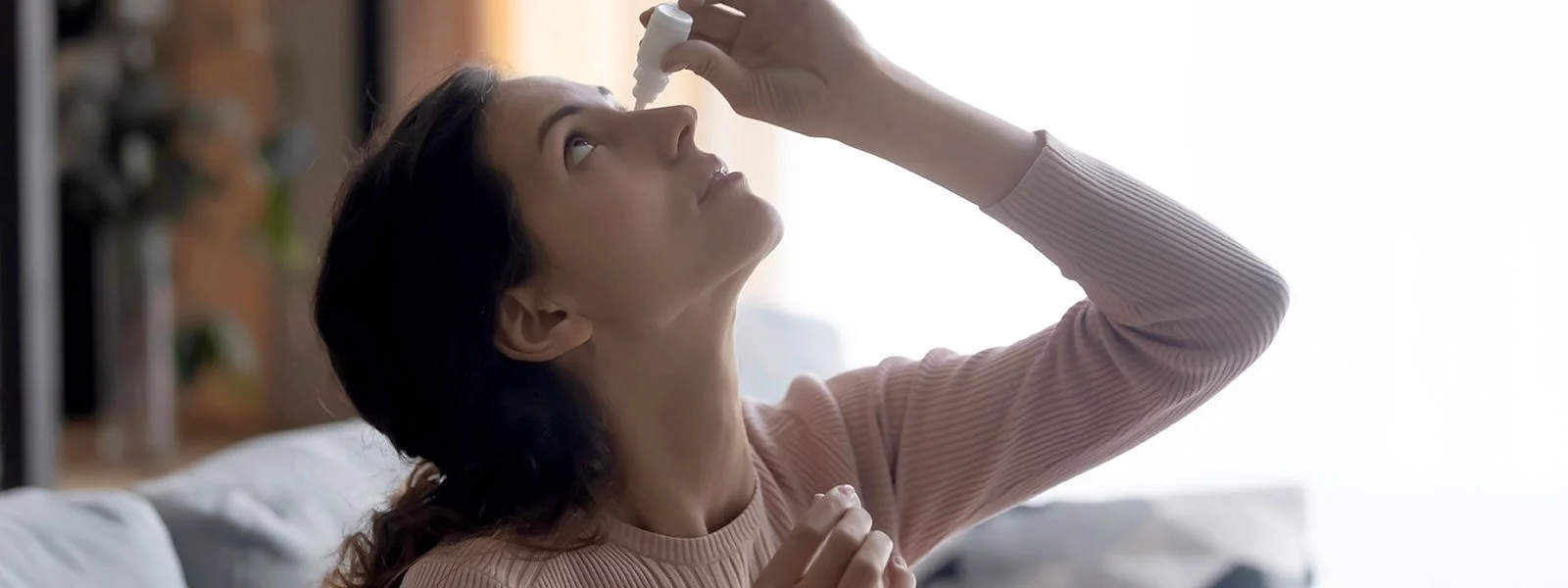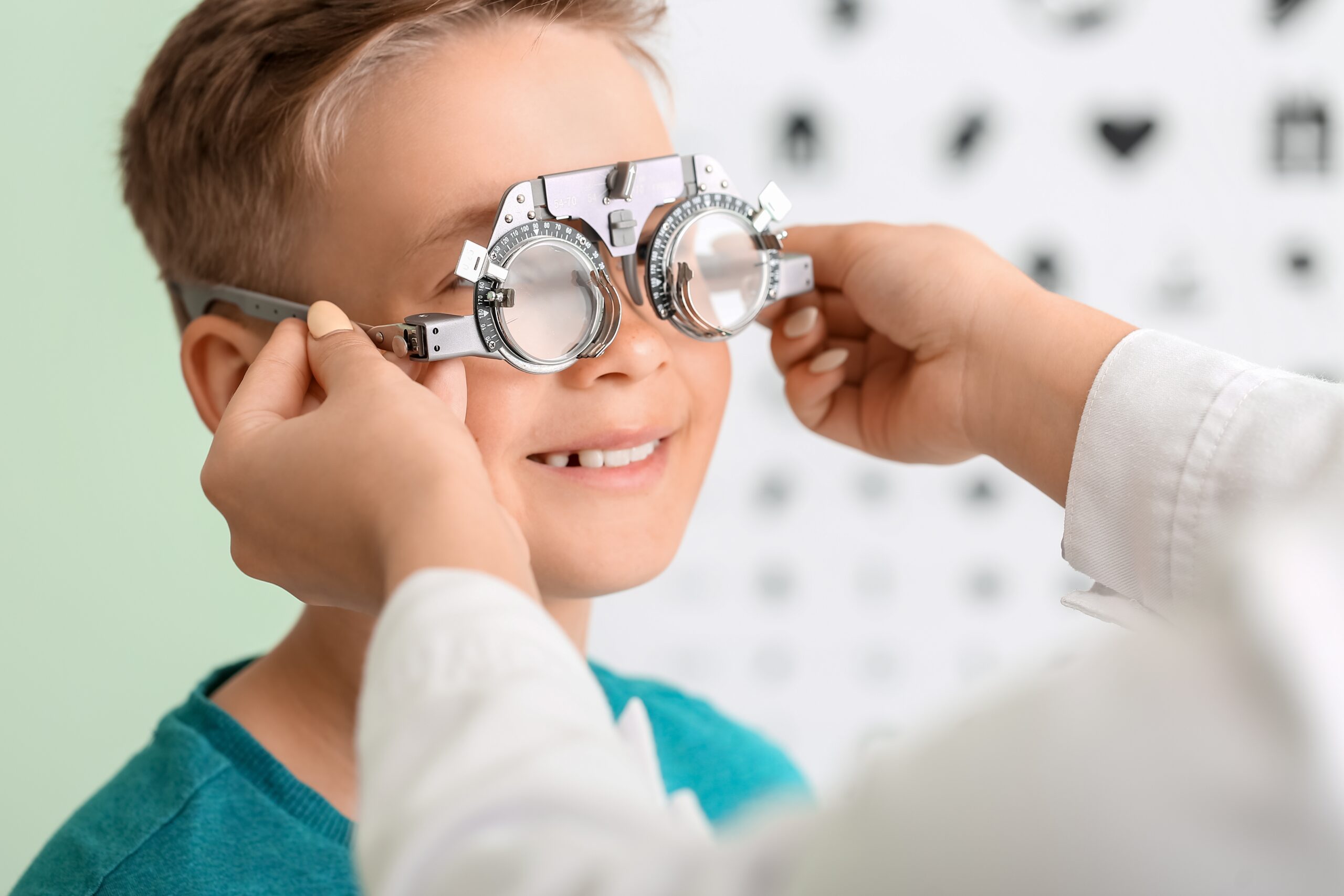Is It Safe To Use Eye Drops Regularly?

The very short answer is NO. Excessive use can actually make the redness in your eyes worse and could lead to several other more serious risks.
Here’s the slightly longer answer.
There are plenty of eye “Redness Relief” products on the OTC market (Visine, Clear Eyes, B&L advanced redness relief) including several generic versions sold by pharmacy chains. The most common active ingredient is either Tetrahydrozoline or Naphazoline. Both of these drugs are in a category called sympathomimetics, and they work to shrink or dilate the blood vessels on the eye’s surface.
The problem is that blood vessels on the eye surface often dilate in response to irritation of the eye surface. This increase in blood flow is trying to help repair whatever irritation is affecting the surface of the eye. Clamping down on those vessels hinders the body’s efforts to repair the problem.
The other downside to over-using redness relief drops is that after the initial effects wear off, the vessels often dilate to an even larger degree than when the process started, thus making you want to use yet another dose of drops. It becomes a vicious cycle.
The Warning is on The Box
As with all medications, all of these eye drops carry the same two warnings right on their labels:
- Do not overuse as it may produce increased redness of the eye.
- Stop using and ask a doctor if you experience eye pain, changes in vision, continued redness or irritation of the eye condition worsens or persists for more than 72 hours.
These drops are meant to be used for a very short duration of only one or two days. That’s it! They are not meant to be used indefinitely and they are certainly not meant to be used daily.
Take a good look at that first warning. MAY PRODUCE INCREASED REDNESS OF THE EYE. If you are using redness relief drops repetitively you are actually making your eye redness worse, not better.
Redness Relief Drops and Contact Lenses
Using redness relief drops if you wear contacts is an even worse idea. If you put the drop in with your contact lens in, the lens will hold onto the drug and keep it on your eye surface longer, prolonging the negative effects.
Your cornea has no blood vessels in it and it depends on the blood vessels in the whites of the eye to bring in nutrients and oxygen. Wearing contact lenses will already cut down on the amount of oxygen brought to your cornea. Combine that with redness relief drops and that oxygen flow can drop down to dangerous levels. Decreased oxygen to the cornea is one of the biggest risks for contact lens related infections including corneal ulcers.
Alternatives to Redness Relief
If you have been using redness relief drops daily, you should see your eye doctor and determine if there’s another option. You’ll likely need to switch to an artificial tear or lubricating drop.
After you make that switch your eyes are initially going to be red as your blood vessels take time to get back to normal. The lubricating drop will actually help repair the damage done, and can decrease the inflammatory signals that make the vessels dilate. You’ll actually be doing something helpful for your eyes instead of masking a natural process.
Appropriate Use
We’re not condoning the use of redness relief drops altogether, but want to urge our patients to use caution. We recommend limiting use to a maximum of two days, if your eyes have been exposed to irritating elements. If redness continues after two days, or becomes a more chronic issue for you, schedule an appointment with your eye doctor to discuss a treatment plan that’s right for you.


